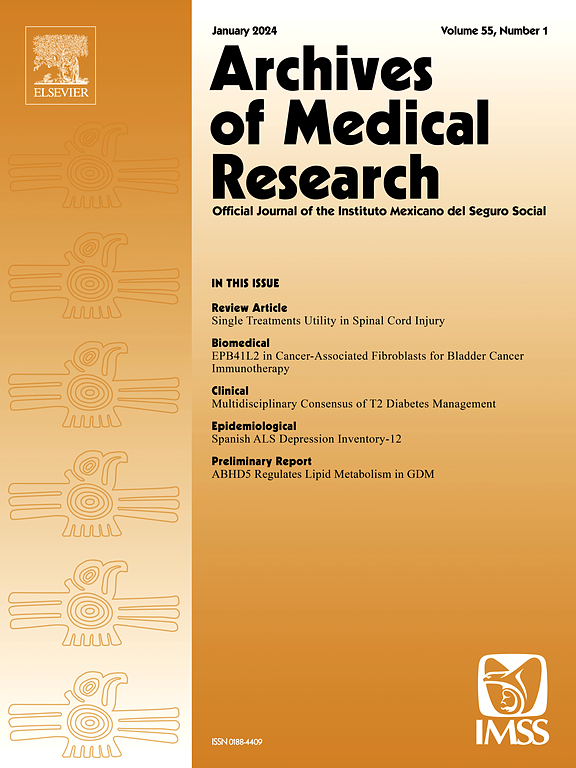Does Baseline Autonomic Nervous System Activity Affect the Outcomes of Transcutaneous Auricular Vagus Nerve Stimulation?
IF 3.4
3区 医学
Q1 MEDICINE, RESEARCH & EXPERIMENTAL
引用次数: 0
Abstract
Aim
Transcutaneous auricular vagus nerve stimulation (taVNS) has recently emerged as an effective neuromodulation method. A preliminary evaluation based on heart rate variability (HRV) could predict those who would benefit most from taVNS. This study investigated the efficacy of taVNS in healthy subjects according to the baseline activity range of the parasympathetic (PNS) and sympathetic nervous system (SNS) indexes.
Methods
76 healthy participants were enrolled in the study. HRV, pulse rate, and systolic and diastolic blood pressure (SBP and DBP) were measured at baseline and after taVNS. The procedure was repeated after 48–72 h.
Results
In the first intervention, the PNS index increased in group 1 (p <0.001), and the SNS index decreased in groups 1 and 3 (p <0.001). In the second intervention, the PNS index increased in groups 1, 2, and 4 (p = 0.001, p = 0.018, and p = 0.003, respectively), while the SNS index decreased in groups 1 and 3 (both p = 0.001). SBP and DBP decreased in all groups after both interventions. After the first intervention, the PNS index was higher in group 1 than in groups 3 and 4 (p = 0.001 and p <0.001, respectively), and the SNS index and SBP were lower in group 1 than in group 3 (both p <0.05). After the second intervention, the PNS index was higher and the SNS index was lower in group 1 than in group 3 (p <0.05).
Conclusions
Subjects with low parasympathetic or high sympathetic activity may be more responsive to taVNS.
自主神经系统基线活动是否影响经皮耳迷走神经刺激的结果?
目的:经皮耳迷走神经刺激(taVNS)是近年来出现的一种有效的神经调节方法。基于心率变异性(HRV)的初步评估可以预测哪些人将从taVNS中获益最多。本研究根据副交感神经系统(PNS)和交感神经系统(SNS)指标的基线活动范围,考察taVNS在健康受试者中的疗效。方法:76名健康受试者参与研究。在基线和taVNS后分别测量HRV、脉搏率、收缩压和舒张压(SBP和DBP)。结果:在第一次干预中,第1组PNS指数升高(p)。结论:副交感神经活动低或交感神经活动高的受试者可能对taVNS更敏感。
本文章由计算机程序翻译,如有差异,请以英文原文为准。
求助全文
约1分钟内获得全文
求助全文
来源期刊

Archives of Medical Research
医学-医学:研究与实验
CiteScore
12.50
自引率
0.00%
发文量
84
审稿时长
28 days
期刊介绍:
Archives of Medical Research serves as a platform for publishing original peer-reviewed medical research, aiming to bridge gaps created by medical specialization. The journal covers three main categories - biomedical, clinical, and epidemiological contributions, along with review articles and preliminary communications. With an international scope, it presents the study of diseases from diverse perspectives, offering the medical community original investigations ranging from molecular biology to clinical epidemiology in a single publication.
 求助内容:
求助内容: 应助结果提醒方式:
应助结果提醒方式:


